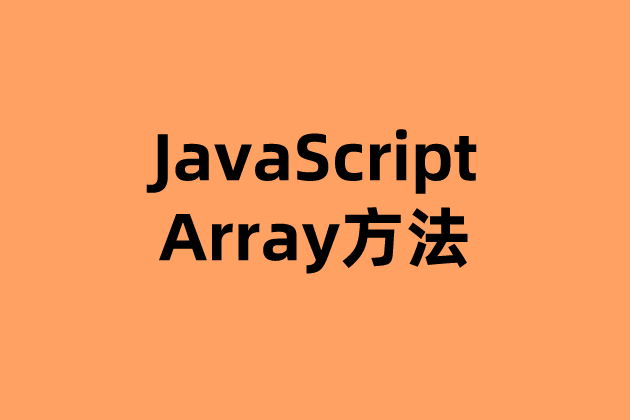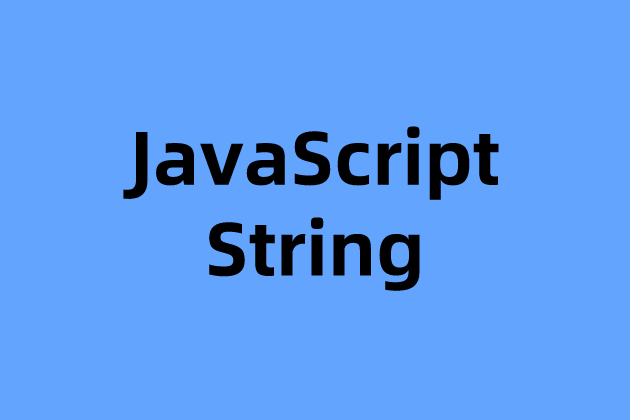Array
数组是一种类列表对象,它的原型中提供了遍历和修改元素的相关操作。JavaScript 数组的长度和元素类型都是非固定的。因为数组的长度可随时改变,并且其数据在内存中也可以不连续,所以 JavaScript 数组不一定是密集型的,这取决于它的使用方式。

常用方法
some()
测试数组中是不是至少有 1 个元素通过了被提供的函数测试。它返回的是一个 Boolean 类型的值。
const array = [1, 2, 3, 4, 5];
// checks whether an element is even
const even = (element) => element % 2 === 0;
console.log(array.some(even));
// expected output: truesort()
用原地算法对数组的元素进行排序,并返回数组。默认排序顺序是在将元素转换为字符串,然后比较它们的 UTF-16 代码单元值序列时构建的
const months = ['March', 'Jan', 'Feb', 'Dec'];
months.sort();
console.log(months);
// expected output: Array ["Dec", "Feb", "Jan", "March"]
const array1 = [1, 30, 4, 21, 100000];
array1.sort();
console.log(array1);
// expected output: Array [1, 100000, 21, 30, 4]splice()
通过删除或替换现有元素或者原地添加新的元素来修改数组,并以数组形式返回被修改的内容。此方法会改变原数组。
const months = ['Jan', 'March', 'April', 'June'];
months.splice(1, 0, 'Feb');
// inserts at index 1
console.log(months);
// expected output: Array ["Jan", "Feb", "March", "April", "June"]
months.splice(4, 1, 'May');
// replaces 1 element at index 4
console.log(months);
// expected output: Array ["Jan", "Feb", "March", "April", "May"]toLocaleString()
返回一个字符串表示数组中的元素。数组中的元素将使用各自的 toLocaleString 方法转成字符串,这些字符串将使用一个特定语言环境的字符串(例如一个逗号 ",")隔开。const array1 = [1, 'a', new Date('21 Dec 1997 14:12:00 UTC')];
const localeString = array1.toLocaleString('en', { timeZone: 'UTC' });
console.log(localeString);
// expected output: "1,a,12/21/1997, 2:12:00 PM",
// This assumes "en" locale and UTC timezone - your results may varytoString()
返回一个字符串,表示指定的数组及其元素。
const array1 = [1, 2, 'a', '1a'];
console.log(array1.toString());
// expected output: "1,2,a,1a"unshift()
将一个或多个元素添加到数组的开头,并返回该数组的新长度(该方法修改原有数组)。
const array1 = [1, 2, 3];
console.log(array1.unshift(4, 5));
// expected output: 5
console.log(array1);
// expected output: Array [4, 5, 1, 2, 3]values()
返回一个新的 Array Iterator 对象,该对象包含数组每个索引的值const array1 = ['a', 'b', 'c'];
const iterator = array1.values();
for (const value of iterator) {
console.log(value);
}
// expected output: "a"
// expected output: "b"
// expected output: "c"另外数组迭代器是一次性的,如下:
const arr = ['a', 'b', 'c', 'd', 'e'];
const iterator = arr.values();
iterator.next(); // Object { value: "a", done: false }
iterator.next().value; // "b"
iterator.next()["value"]; // "c"
iterator.next(); // Object { value: "d", done: false }
iterator.next(); // Object { value: "e", done: false }
iterator.next(); // Object { value: undefined, done: true }
iterator.next().value; // undefined当 next().done=true 或 currentIndex>length 时, for..of 循环结束。
const arr = ['a', 'b', 'c', 'd', 'e'];
const iterator = arr.values();
for (let letter of iterator) {
console.log(letter);
} //"a" "b" "c" "d" "e"
for (let letter of iterator) {
console.log(letter);
} // undefined